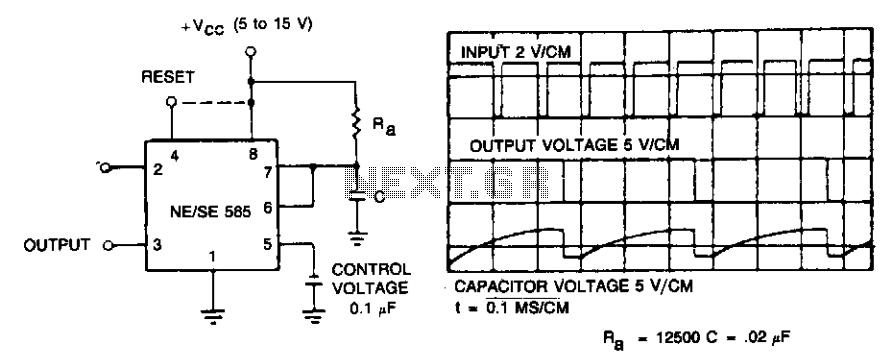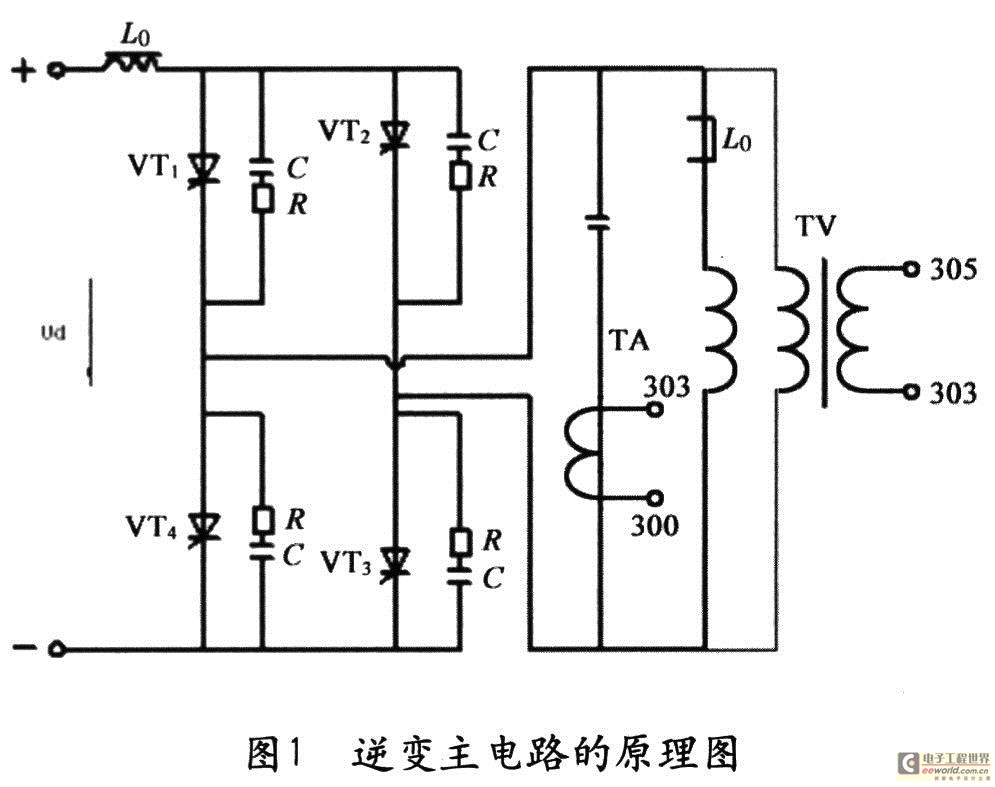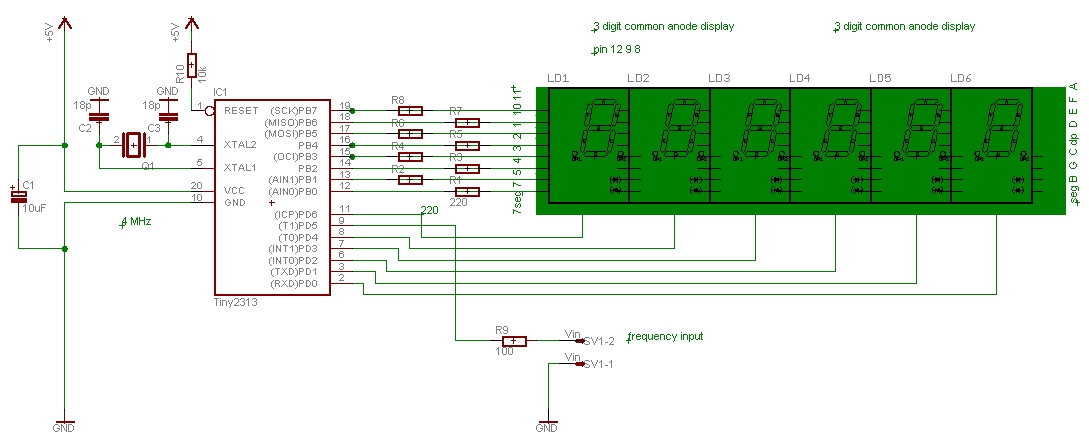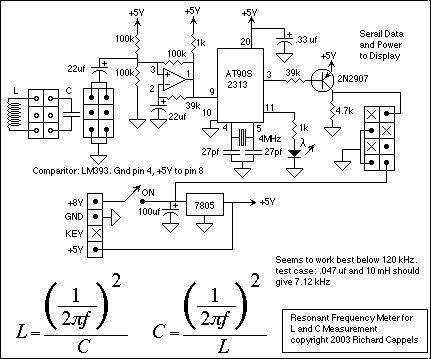
stable low frequency crystal

This is a design circuit for a Colpitts crystal oscillator. It is suitable for low-frequency crystal oscillator applications. Utilizing the 2N3823 JFET, this circuit exhibits excellent stability as temperature variations do not affect the loading of the 2N3823 JFET circuit.
The Colpitts crystal oscillator is a type of electronic oscillator that uses a combination of capacitors and an inductor to create a resonant circuit, which is essential for generating a stable frequency output. The primary components of the circuit include the 2N3823 JFET, which serves as the active device, along with the crystal, which determines the oscillation frequency.
In this configuration, the crystal is connected in parallel with two capacitors, forming a voltage divider that influences the feedback necessary for oscillation. The JFET amplifies the signal, providing the necessary gain to sustain oscillations. The choice of the 2N3823 JFET is significant due to its low noise characteristics and high input impedance, which help maintain the stability and performance of the oscillator across varying temperature conditions.
The circuit typically requires a DC power supply to operate, and the output can be taken from the drain of the JFET. Additionally, the design may include biasing resistors to set the operating point of the JFET, ensuring that it operates in the appropriate region of its transfer characteristic for optimal performance.
The Colpitts oscillator is widely used in applications such as RF signal generation, clock generation for digital circuits, and in various communication systems where stable frequency generation is crucial. The design's simplicity and effectiveness make it a popular choice among engineers and hobbyists alike.This is the design circuit for a Colpitts-crystal oscillator circuit. It is suitable for low frequency crystal oscillator circuits. Using the 2N3823 JFET, this circuit has excellent stability because the temperature will not vary the 2N3823 JFET circuit loading. This is the figure of the circuit. 🔗 External reference
The Colpitts crystal oscillator is a type of electronic oscillator that uses a combination of capacitors and an inductor to create a resonant circuit, which is essential for generating a stable frequency output. The primary components of the circuit include the 2N3823 JFET, which serves as the active device, along with the crystal, which determines the oscillation frequency.
In this configuration, the crystal is connected in parallel with two capacitors, forming a voltage divider that influences the feedback necessary for oscillation. The JFET amplifies the signal, providing the necessary gain to sustain oscillations. The choice of the 2N3823 JFET is significant due to its low noise characteristics and high input impedance, which help maintain the stability and performance of the oscillator across varying temperature conditions.
The circuit typically requires a DC power supply to operate, and the output can be taken from the drain of the JFET. Additionally, the design may include biasing resistors to set the operating point of the JFET, ensuring that it operates in the appropriate region of its transfer characteristic for optimal performance.
The Colpitts oscillator is widely used in applications such as RF signal generation, clock generation for digital circuits, and in various communication systems where stable frequency generation is crucial. The design's simplicity and effectiveness make it a popular choice among engineers and hobbyists alike.This is the design circuit for a Colpitts-crystal oscillator circuit. It is suitable for low frequency crystal oscillator circuits. Using the 2N3823 JFET, this circuit has excellent stability because the temperature will not vary the 2N3823 JFET circuit loading. This is the figure of the circuit. 🔗 External reference
Warning: include(partials/cookie-banner.php): Failed to open stream: Permission denied in /var/www/html/nextgr/view-circuit.php on line 713
Warning: include(): Failed opening 'partials/cookie-banner.php' for inclusion (include_path='.:/usr/share/php') in /var/www/html/nextgr/view-circuit.php on line 713





